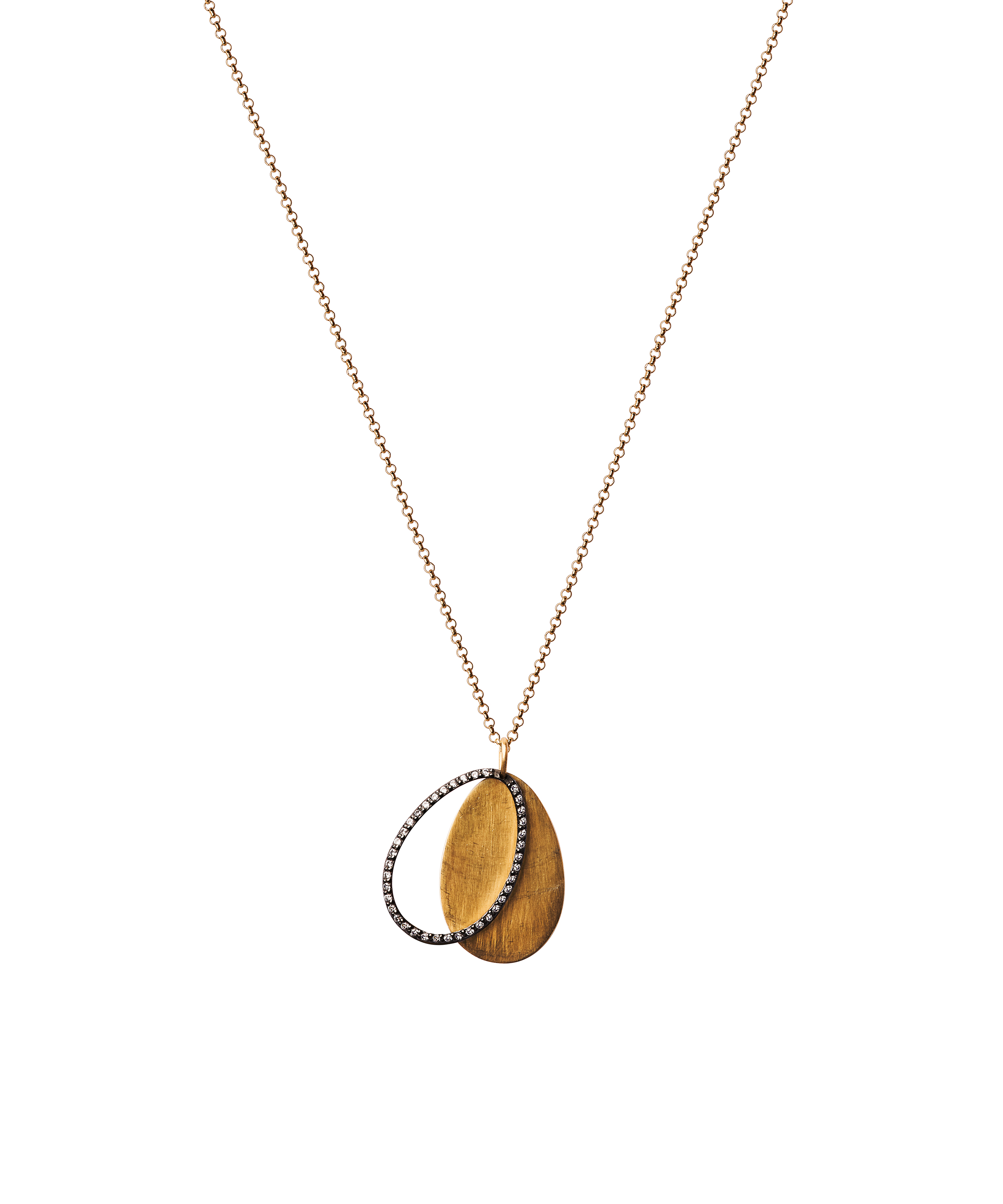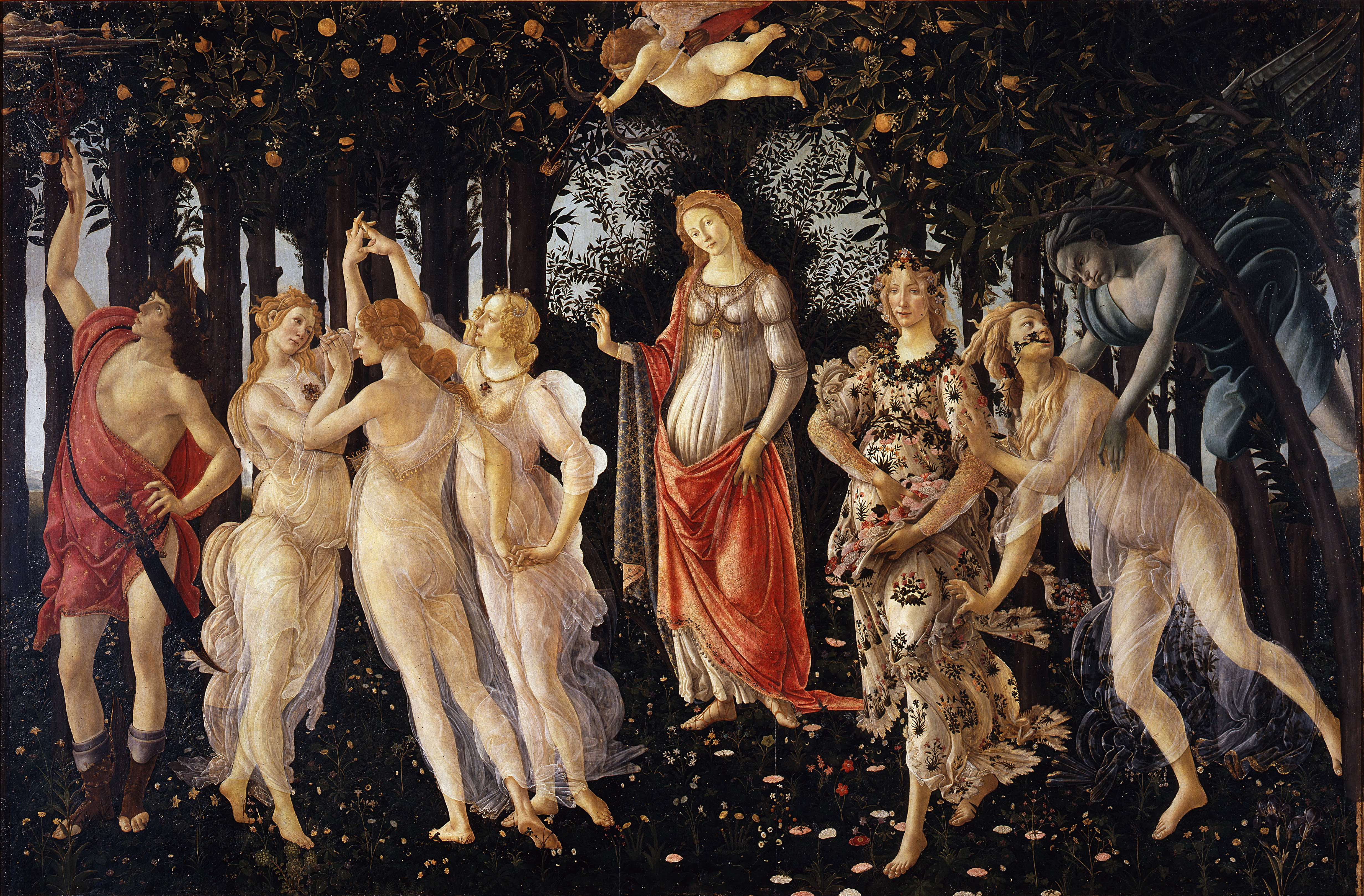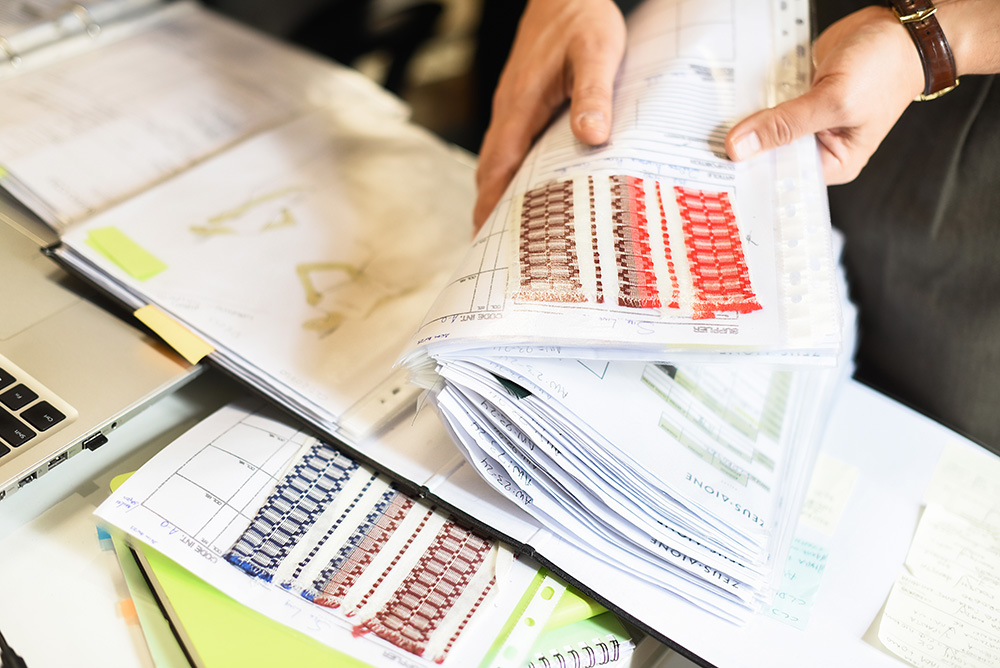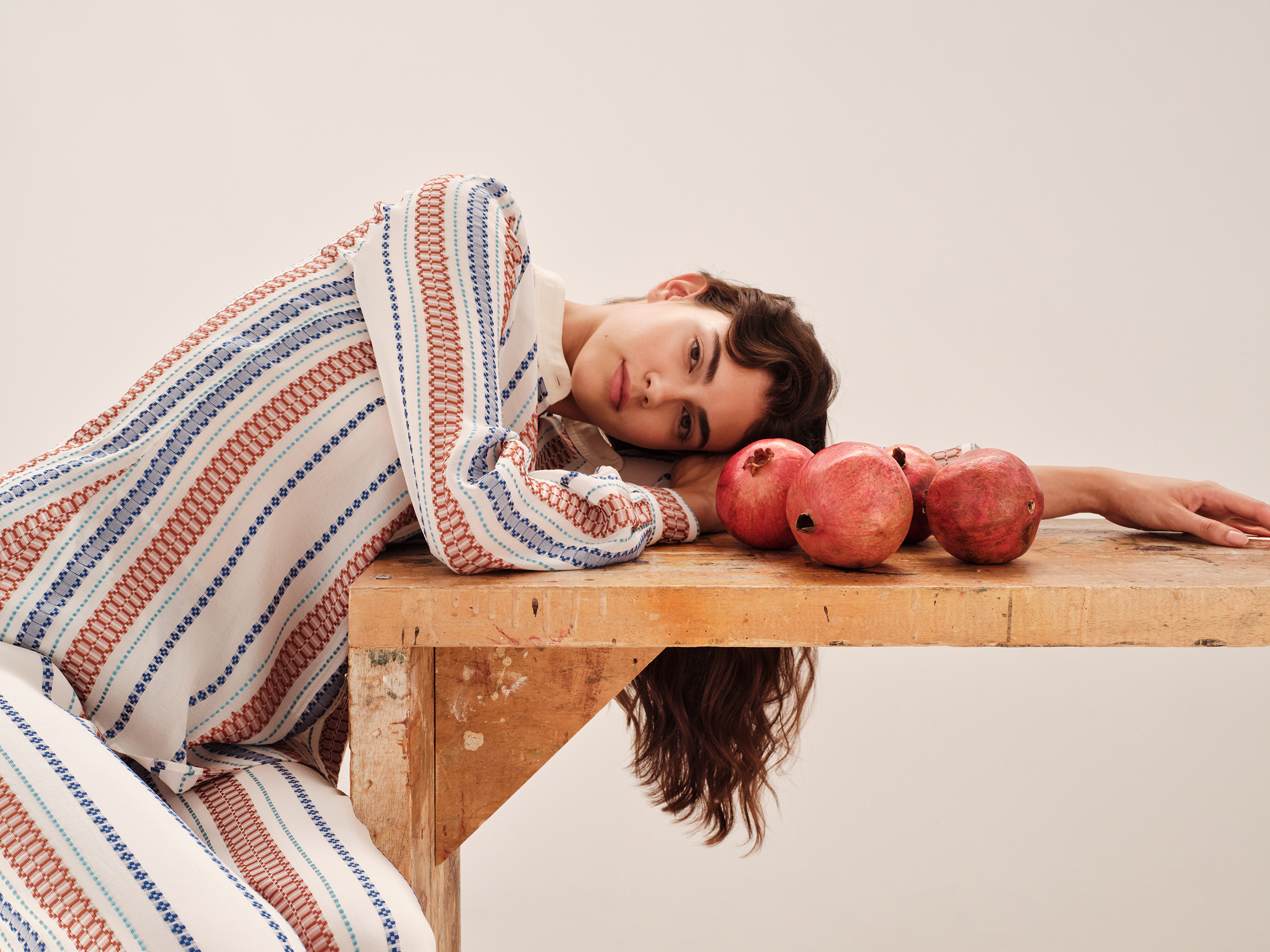A silk town in the 21st century
Almost a 1,000 km away from Athens and 400 from Thessaloniki, at the most north part of Greece, right in the center of the Evros region, lays the small town of Soufli. The town enjoyed international recognition in the late 19th century due to a unique and flourishing industry: sericulture, i.e. silkworm rearing for the production of silk. Till the 1980s, this remote part of Greece retained its reputation as part of the Byzantine “silk road”, its economy is based almost exclusively on the production of high-quality silk yarn, which it exported to the rest of Europe.
Actually, Soufli was the only town in Greece and in Europe, involved in the production of silk. The visitor can still see the “koukoulospita”, high-ceiling houses, the upper floors of which once housed silkworms and their cocoons. As years went by Soufli suffered the economic consequences of the country’s political and social turbulence. Its inhabitants became more and more scarce since they were forced to move to urban areas or even abroad. Moreover, the invention of synthetic silk and the fall of the prices of cocoons led gradually to the decline of sericulture. Mulberry trees became fewer and fewer, and after the re-allotment of land, they almost vanished.

Nowadays local authorities and population have put together their efforts and know-how in order to revive the industry as it seems the only means that could create new jobs and keep people from leaving. In this context, the Municipality of Soufli has created a spinning mill, whereas it has offered land to farmers in order to cultivate mulberry trees. At the same time, it is renovating an old mansion which would be used as a hostel and model silk rearing area. Moreover, environmental organizations together with the Ministry of Education have conducted a series of educational programs which include visits to several areas of northern Greece in order to explain the benefits of sericulture and showcase the methods applied by Soufli’s craftsmen and craftswomen.

About 200 individuals are employed in the local industry today, ranging from sericulture to selling silk products at stores, as well as artisans working on embroideries at home. The museums The history of silk, the stages of silkworm breeding and the processing of the silk fiber, as well as the wider social and economic background of silk production in Greece, are also presented in the premises of the old Courtides Mansion (1883), currently referred to as the Silk Museum of Soufli, which has been refurbished in 1990 by the Cultural Foundation of Piraeus Bank.

A more recent addition is the Art of Silk Museum belonging to the Tsiakiris Family Silkmills. It opened in September 2008 in a renovated Neoclassical building (1886) on the main thoroughfare of the town, displaying a more industrial side of silk manufacture and weaving and incorporating fully functional machinery and exhibits from the Tsiakiris factory. Facts and figures (box) Silk was discovered in China in 2640 BC, where the exportation of either cocoons or mulberry trees was strictly prohibited till 550 AC when Chinese monks brought it to Konstantinople where the industry developed during the Byzantine period. Soufli got involved in the industrial silk production more than a century ago. The first factory was established in 1903 by two Jewish entrepreneurs, Azapia and Abraham. In the wake of the 20th century Ceriano brothers opened a second factory which was eventually brought by Jibre Jacob, another Jewish entrepreneur from Andrianopolis, who employed 300 silk workers.







